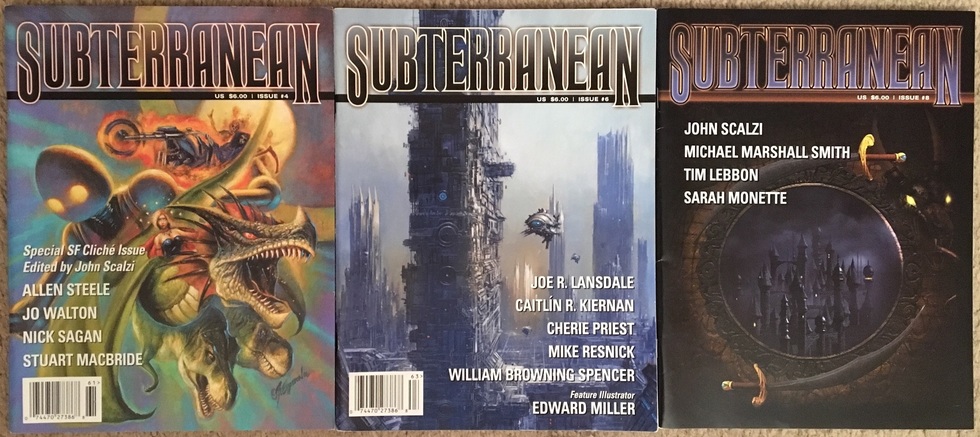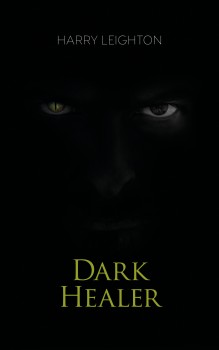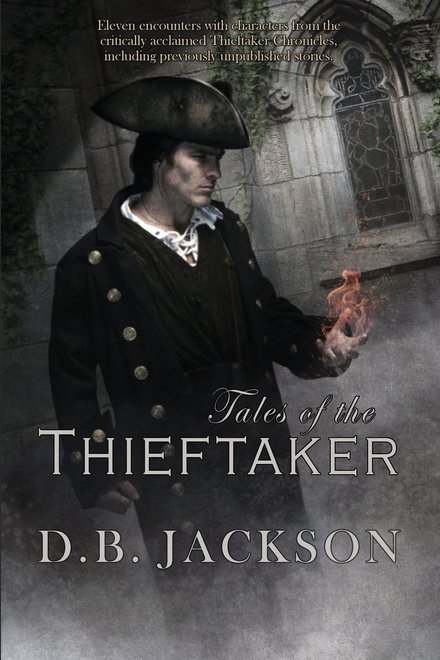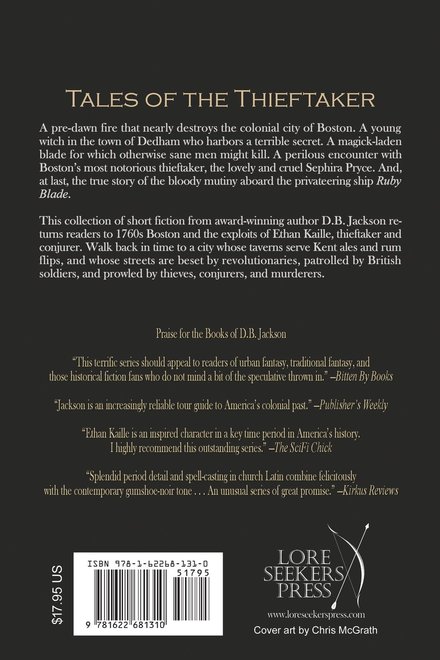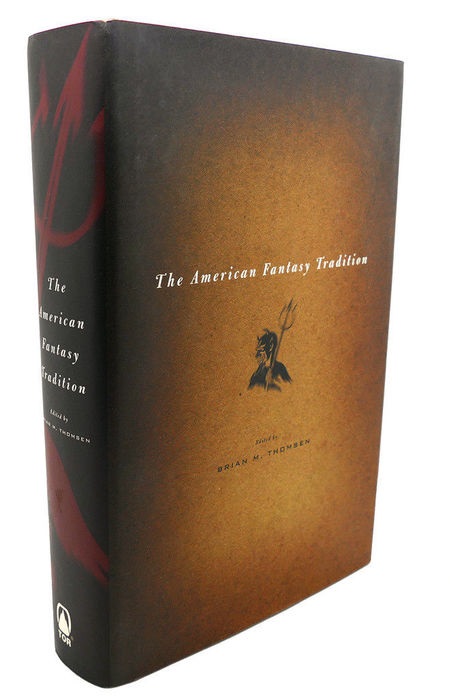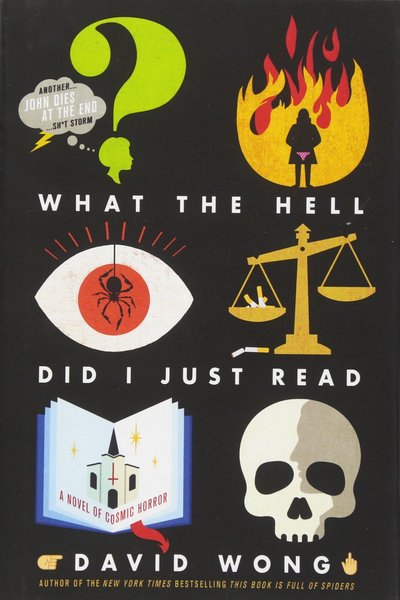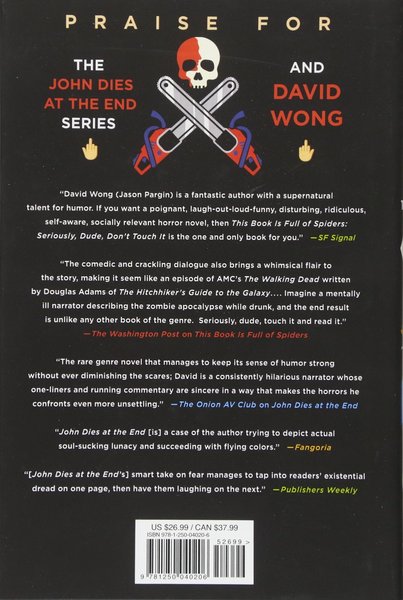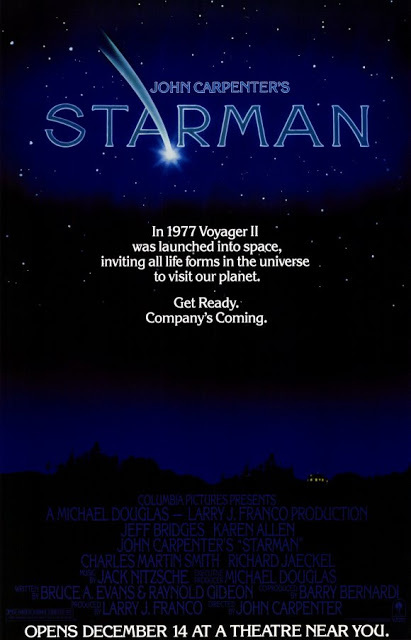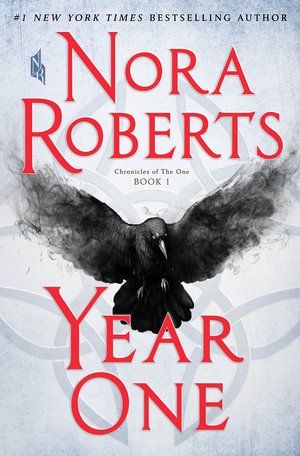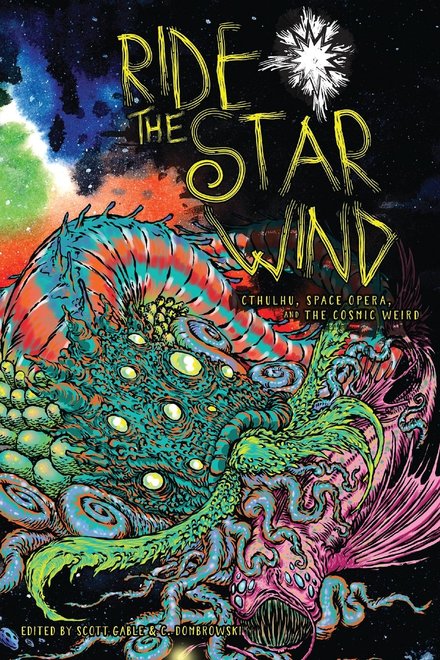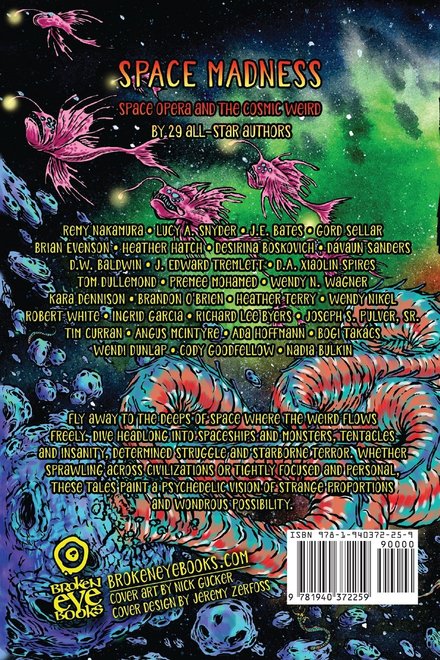Exploring the Subterranean
I founded Black Gate in 2000, and we published the first issue at the World Fantasy Convention in Corpus Christi, Texas in October of that year. We produced the print magazine for 11 years (the last issue, #15, was published in May 2011), and during that decade-plus I was keenly observant of other print magazines, especially new ones. A handful of new zines popped up during that period, but I think my favorite was William Schafer’s Subterranean magazine, which produced eight print issues between 2005-2011 before transitioning online.
I only managed to come across a handful of issues during the print era, but that’s okay. I keep an eye out for back issues at conventions, and occasionally snag one or two (as I did with Subterranean #2 at the 2015 Windy City Pulp & Paper convention). They’re hard to come by, but they’re generally not expensive. I have an eBay saved search that alerts me when new lots are listed, and a few months ago I got a ping about the set of three issues above.
Subterranean #4 – 2006
Subterranean #6 – January 2007
Subterranean #8 – October 2011 — the last print issue
They were in pristine, unread condition, and offered for $16 total. I was the only bidder, and took the whole set home for less than the original cover price. It’s lonely being an obsessive magazine collector, but sometimes it has its benefits.
